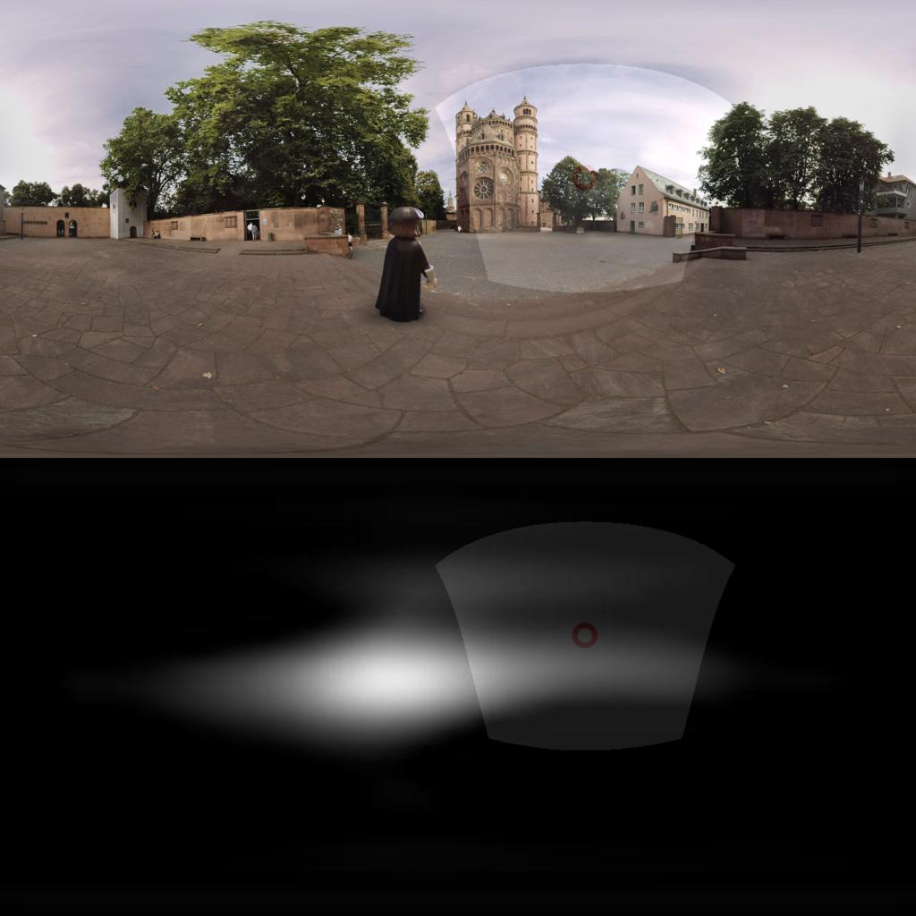Use of Saliency Estimation in Cinematic VR Post-Production to Assist Viewer Guidance
16th August 2021
Abstract:
One of the challenges facing creators of virtual reality (VR) film is that viewers can choose to view the omnidirectional video content in any direction. Content creators do not have the same level of control on viewers’ visual attention as they would on traditional media. This can be alleviated by estimating the visual attention during the creative process using a saliency model, which can provide a probability as to what would draw a viewer’s eye. In this study, we analyse both the efficacy of omnidirectional video saliency estimation for creative processes and the potential utility of saliency methods for directors. For this, we use a convolutional neural network-based video saliency model for omnidirectional video. To assist the directors in viewer guidance, we propose a metric that provides a measure of saliency estimation in the intended viewport. We also evaluate the selected saliency model, AVS360, by comparing the output of this saliency model to the actual viewing direction. The results show that the selected saliency model can predict the viewers’ visual attention well and the proposed metric can provide useful feedback for content creators regarding possible distractions in the scene.
Videos showing the viewport area on the films used and the viewport area on the saliency models output beneath.





